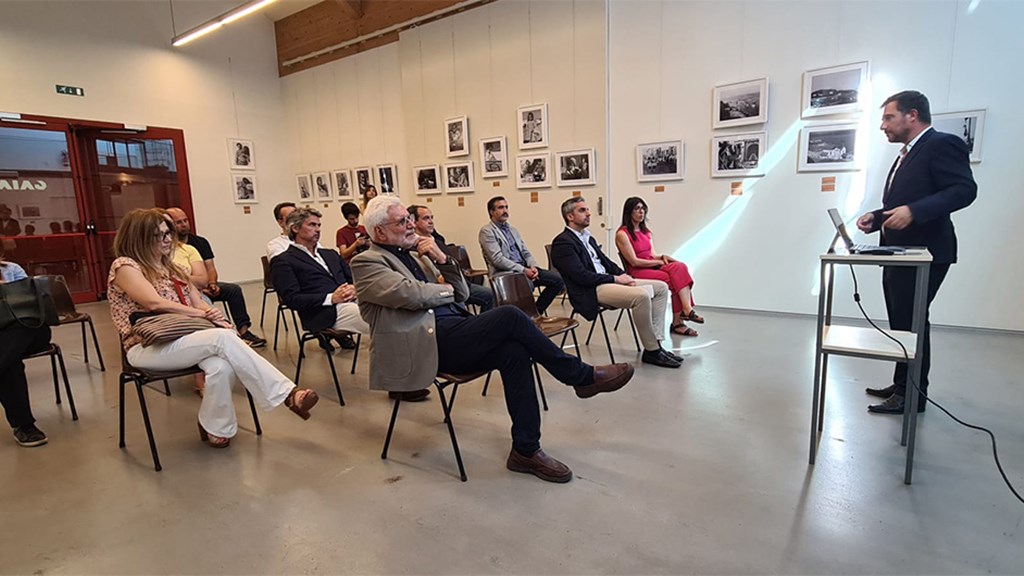The Afurada Heritage Interpretive Center (CIPA), the Afurada elementary school and the market of the same parish began testing a renewable energy management and storage system. Supported by the xEnvironment, Climate Change and Low Carbon Economy Program of the EEA Grants, the project "ranges from energy, to buildings, to waste and mobility, four thematic axes, almost all supported by the transversal axis that is sustainability," described António Miguel Castro, chairman of the board of Gaiurb. The new technological solution, the responsibility of DST, started on June 16 and will test technology and behavioral changes that can later be developed on a county-wide scale.
In the universe surrounding the three buildings there are about 1,500 homes, and this is therefore the expected universe of houses that will immediately benefit from this cooperative model of renewable energy production.
The project "started about a year and a half ago, will last for another year and a half and has a budget of about 1.1 million euros and is promoted by the Secretary of State for the Environment, with nine partners, from companies to associations in the network," said António Miguel Castro, who explained what has already been done in the first phase: "in the first year and a half we defined what to do, assessed the impacts, chose the community and will quickly move on to the waste theme.
